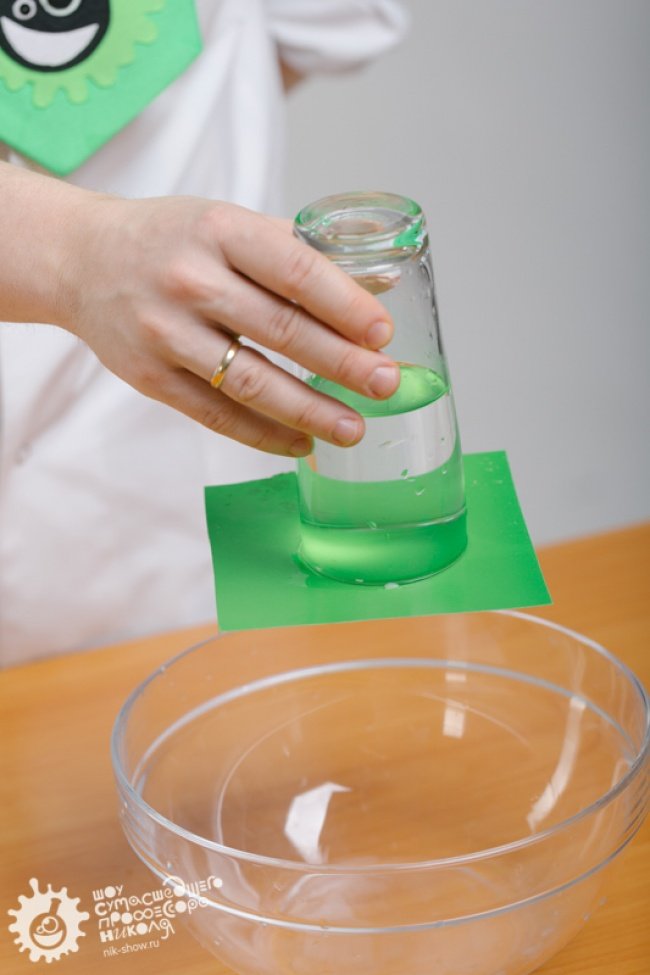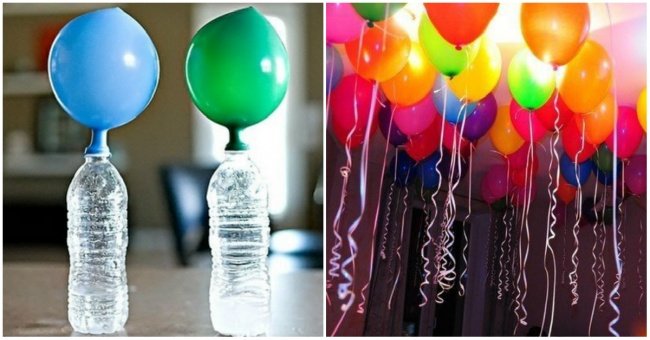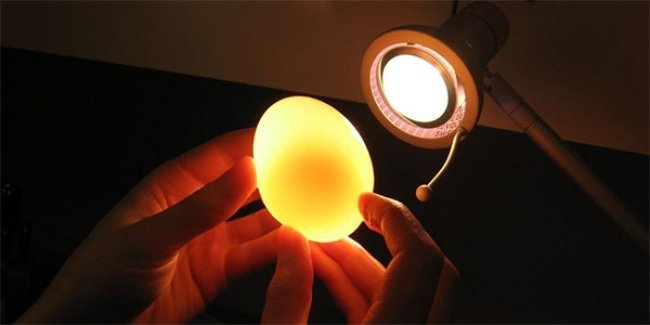More and more schools are promoting the learning of science. Performing experiments for children is an activity for them, very fun and interesting. It is an activity where not only children entertain themselves but also helps them develop their skills and abilities.
Under the premise "Tell me and forget it, teach me and remember it, get involved and learn it", classes with activities are much more attractive and effective for students.
It is for this reason that I wish to share some experiments where they will be able to involve the children in the realization of the same ones.
!Let the experiments begin! 💥
✦Materials:
A glass. Water.
Paper.
Experiment: Cut out a square of paper, place it on top of the glass with water and turn it gently. The paper sticks to the glass as if it were a magnet, and the water does not spill. Miracle!
Discovery: When we cover a glass with water with a sheet of paper and turn it, the sheet of paper is pressed on one side with water, and on the other (from below) with air. The air pressure is greater than that of the water, therefore the leaf does not fall.
✦ Materials:
Some balloons.
An empty container (1 or 1.5 lt).
A teaspoon. A funnel.
Vinegar.
Sodium bicarbonate
Experiment: Pour the vinegar into the container (about 1/3 full of the container). Through the funnel, put 2-3 teaspoons of baking soda. Locate a balloon over the mouth of the container and you will see how the balloon begins to inflate. The balloon filled with carbon dioxide can not rise. To stay close to the ceiling, rub any synthetic fabric over the balloon and then "glue" it to the ceiling.
Discovery: As a result of the interaction of sodium bicarbonate with vinegar, the carbon dioxide filling the balloons is released. And thanks to static electricity, balloons inflated in this way will remain glued to the ceiling for up to 5 hours.
✦ Materials
2 eggs.
2 glass jars.
Water.
Vinegar
Experiment:Put a raw egg in the jar with water; and the second, in a jar with vinegar. Both eggs should look exactly the same. Leave the eggs for a few hours. You can see the first results after 5-6 hours, and after 7-10 days the egg will become completely soft.
Discover:The egg dipped in vinegar undergoes chemical changes. The egg shell contains calcium carbonate, while vinegar is an acid that dissolves this substance. The chemical process of the interaction of the egg with the vinegar is called descalsification and is divided into two stages: first the shell softens and then disappears completely.
🎇 End of the experiments.
I hope it will be of great help to you with your children, at school or at home, in both cases they are very useful for children. Until next time. Teacher Yessica C. 🌹
Sources:
source
https://genial.guru/inspiracion-crianza/7-fabulosos-experimentos-para-ninos-132155/
Enjoy other experiments (Part 1) :
https://steemit.com/steemiteducation/@yessicafcp/fabulous-homemade-experiments-for-children-and-128522



So cool going to try the water one tonight